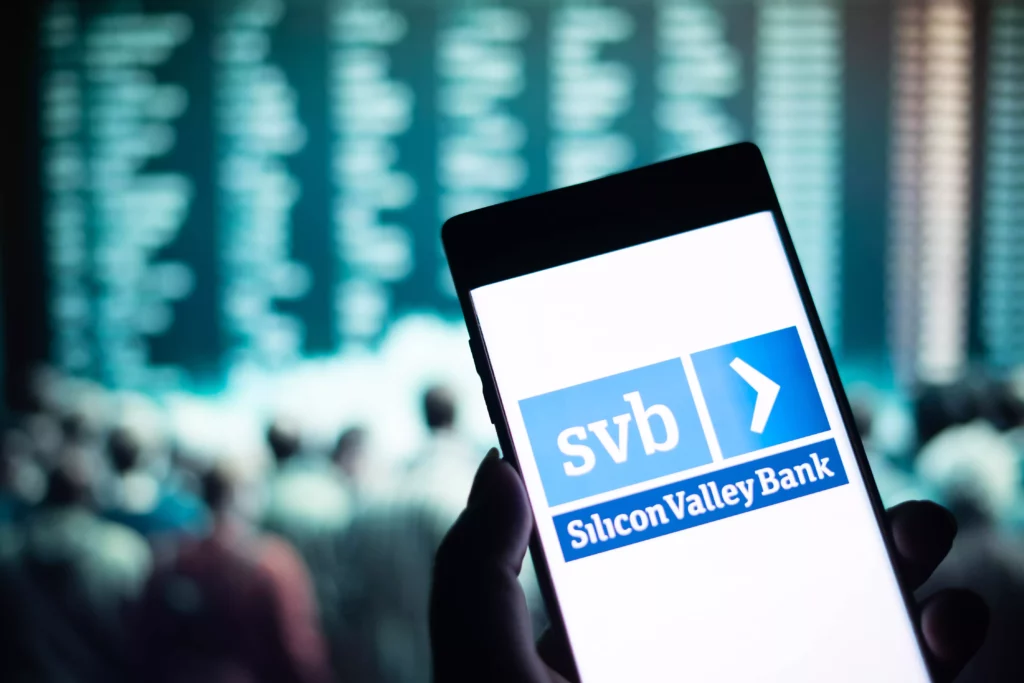CNBC

Banking regulators devised a plan Sunday to backstop depositors with money at Silicon Valley Bank, a critical step in stemming a feared systemic panic brought on by the collapse of the tech-focused institution.
Depositors at both failed SVB and Signature Bank in New York, which was shuttered Sunday over similar systemic contagion fears, will have full access to their deposits as part of multiple moves that officials approved over the weekend. Signature had been a popular funding source for cryptocurrency companies.
Those with money at the bank will have full access starting Monday.
The Treasury Department designated both SVB and Signature as systemic risks, giving it authority to unwind both institutions in a way that it said “fully protects all depositors.” The FDIC’s deposit insurance fund will be used to cover depositors, many of whom were uninsured due to the $250,000 cap on guaranteed deposits.
Along with that move, the Federal Reserve also said it is creating a new Bank Term Funding Program aimed at safeguarding institutions affected by the market instability of the SVB failure.
A joint statement from the various regulators involved said there would be no bailouts and no taxpayer costs associated with any of the new plans. Shareholders and some unsecured creditors will not be protected and will lose all of their investments.
“Today we are taking decisive actions to protect the U.S. economy by strengthening public confidence in our banking system,” said a joint statement from Federal Reserve Chair Jerome Powell, Treasury Secretary Janet Yellen and FDIC Chair Martin Gruenberg.
The Fed facility will offer loans of up to one year to banks, saving associations, credit unions and other institutions. Those taking advantage of the facility will be asked to pledge high-quality collateral such as Treasurys, agency debt and mortgage-backed securities.